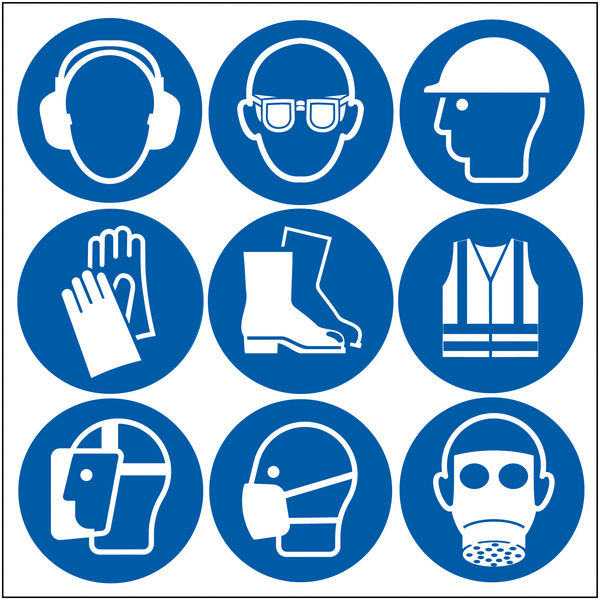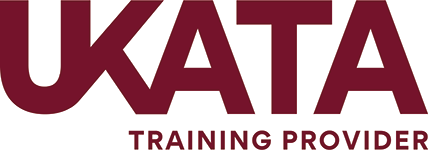In UK law it is the Personal Protective Equipment Regulations, 2002 which adopt a Directive originally implemented by the European Council. However the original Directive dates back to 1992 and is now considered out of date and in need of review as of February 2018.
This will mean that the Directive will move to a Regulation and its primary change is due to the advancement in products available as Personal Protective Equipment, this means that technological advancements have changed the way that PPE should be categorised.
What are the main H&S legislation changes?
- Moving hearing protection from Category II to Category III PPE
- Moving life jackets from Category II to Category III PPE
- Issuing a Declaration of Conformity with each PPE or at least a link to where it can be obtained
- A compulsory maximum five-year certificate validity
- Responsibilities outlined for importers and distributors
- Bespoke PPE covered in the Regulations.
Existing Personal Protective Equipment certificates, will expire when the Regulations come fully into force. If you procure PPE then you will need to be aware of the changes, to ensure that your providers will be able to meet the new Regulations. The current PPE Directive focuses on manufacturer’s health and safety however the new Regulations will be effective over the whole supply chain.
You should prepare for these changes to ensure you are better equipped to handle the impact of the new Regulations affecting the PPE industry by:
- Looking at your existing product ranges and identifying those that are tested to current and proposed standards.
- Thinking about how you will meet the change in classification if you place hearing protection or life jackets onto the market. The BSI Kitemark would ensure that you meet all your ongoing surveillance requirements, both to the current PPE Directive and the new Regulations.
Category I – Simple PPE
PPE in this category is designed to protect users against minimal risks. These include as examples: superficial mechanical injury; contact with water or cleaning materials of weak action; contact with hot surfaces not exceeding 50°C; damage to the eyes due to exposure to sunlight (other than during observation of the sun); atmospheric conditions that are not of an extreme nature.
Category II – Intermediate PPE (which includes risks other than those listed in Categories I and III).
The following products are included as examples: Safety spectacles and goggles; industrial helmets and bump caps; hi-visibility clothing.
Category III – Complex PPE
Personal Protective Equipment falling under the Level 3 category ‘includes exclusively the risks that may cause very serious consequences such as death or irreversible damage to health’ which include:
- Substances and mixtures which are hazardous to health including harmful biological agents
- Atmospheres with oxygen deficiency
- Ionising radiation
- High-temperature environments the effects of which are comparable to those of an air temperature of at least 100 °C
- Low-temperature environments the effects of which are comparable to those of an air temperature of – 50 °C or less
- Falling from a height; (h) electric shock and live working
- Cuts by hand-held chainsaws, knife stabs or bullet wounds
- High-pressure jets and drowning
- Harmful noise.
The Personal Protective Equipment Regulations are aimed at anyone who supplies PPE for use at work and includes any person or business entity putting the equipment on the market where there is no representative in the European Union. It ensures that all such PPE meets expected protection standards for its designed purpose. The PPE at Work Regulations (as amended) 1992 ensure that Employers selects and maintains all such PPE in accordance with its specified controls.















